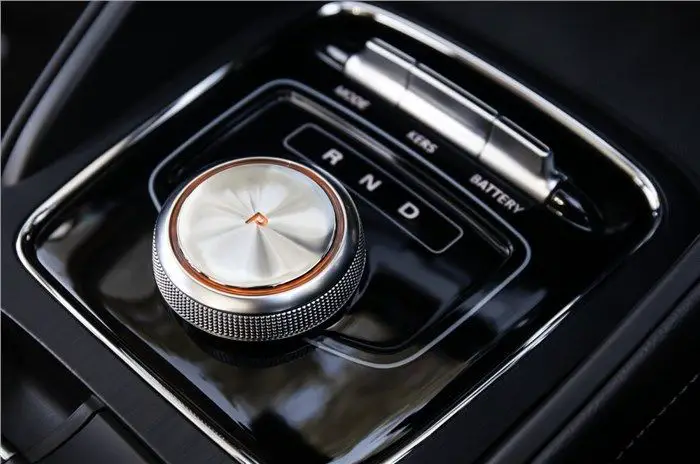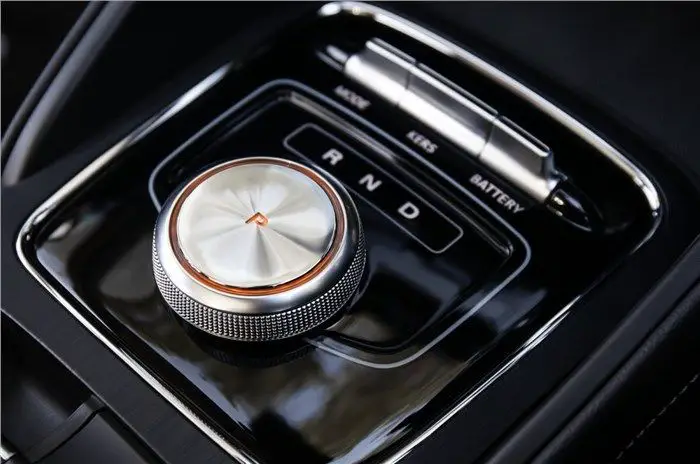Do Electric Cars Have Gears?
Undeniably electric cars are the future of driving. They're cleaner and more efficient than fuel-powered cars and they release no tailpipe emissions. But, there is still some confusion about how they work.


Undeniably electric cars are the future of driving. They're cleaner and more efficient than fuel-powered cars and they release no tailpipe emissions. But, there is still some confusion about how they work. Let’s put an end to the confusion and answer some of the most common questions.
Electric vehicles are easy to drive. They have a single-gear system unlike the traditional Internal Combustion Engines (ICEs). This means they always have an automatic transmission so need to worry about gear changes.
The single gearing is used because the electric motor provides all the torque and power needed in one rpm. Onboard software also controls the responsiveness of the motor. With only one gear, this makes the driving experience seamless and efficient. And more response and instant power for a smooth ride.
Read: Do electric cars have gears?
Electric cars have a switch that operates much like the one you’d find in an automatic which allows you to choose between D (Drive), R (Reverse), N (Neutral), P (Park). In some models you may also be able to choose between different drive modes which alter power delivery depending on whether you want a sportier or more economical drive, usually denoted by an S (Sport) or E (Eco).
EV torque and power
With zero traditional transmission, electric powertrains have instant torque, which means maximum power from the get-go. The term torque is a measurement unit that sometimes means pulling power. It describes the car’s acceleration, so the higher the number, the more punchy power you have when you put your foot down.
Do electric cars have engines?
EVs do not have engines, instead they have electric motors. The difference between the two is that motors convert power into energy while engines convert fuel into energy. In this case, electric motors have two parts, the stator and the rotor. The stator creates a magnetic field from the energy from the batteries and this turns the rotor which turns the wheels. The lack of engine is part of the reason why EVs don’t need a clutch, there is no need to disengage from the motor because there is no risk of stalling. Electric motors work instantly so there is never a need to idle.
All Electric vehicle automatic?
As things currently stand, there are no electric cars on the market that offer a manual transmission. This is largely due to the fact that electric cars don't need a gearbox. Most electric cars are also designed to be as simple and user-friendly as possible. Adding a manual transmission would impact, efficiency and drivability.
The first electric home built electric cars of the 90’s had gearboxes, because EV enthusiasts would put electric motors into their petrol cars. These cars would be left in one gear the entire time and the clutch would never be used as electric cars don’t need multiple gears to reach different speeds.
To transition over to an electric car, you'll need to get comfortable with the idea of driving an automatic style car. This might seem like a big change for those of us who’ve grown up driving manual cars. While the switch may seem daunting at first, most people find electric cars much easier to drive than traditional manual cars.
All electric cars are automatic. In addition, plug-in hybrids also use automatic transmissions. In short, the design of these vehicles means they don’t require gears, as the single-gear transmission is simple and efficient.
Also see: Outlining the barriers to large-scale electric vehicles adoption
Electric car transmission types
Single-speed transmissions: Electric vehicle have single-speed transmission. Electric cars with two electric motors — also called dual motors — often have two transmissions, one on the front axle and another in the rear. Those still have one gear at each axle, but they work in unison and are still considered single-speed transmissions.
Two-speed transmissions: A two-speed transmission for an electric motor is more complicated than a single-speed. When the original Tesla Roadster was being developed, the plans called for a two-speed manual gearbox. The design proved too complicated and the production vehicle ultimately used a single-speed transmission. The first speed handles maximum acceleration, while the second speed delivers the top speed and greater efficiency during highway cruising. Most EVs are not efficient at highway speeds, but this second gear allows both cars to be the exception.
Do we have EVs with more than one gear?
Most EVs have one gear, but a few exceptions have two. The reason for having two gears is due to the improved efficiency when driving at higher speeds. For high-performance EV drivers are likely to hit these speed bands more often than everyday models. So, manufacturers feel it’s worth having the additional gear to make the experience more exhilarating. Cars that have electric motors over both axles can also mimic two-gear ratios. These can be set up to improve performance by using one for slower speeds and the other for higher.
Benefits of driving an electric automatic
i) Regenerative braking
In a conventional car, kinetic energy is lost during braking and coasting. However, an electric car has a regenerative braking system that captures and recoups this. As a result, it enhances range whilst you're driving. Making the most of this automatic system gets you further for less.
ii) Little or less maintenance
As there is no clutch and associated components, you don’t need to worry about repairs or maintenance in this area. Less mechanical parts means fewer things can go wrong. In addition, this saves you money on regular maintenance and servicing costs.
iii) Instant acceleration
Electric cars have instant torque. So, as soon as you put your foot on the accelerator, you have punchy power for effortless acceleration. This means you'll beat most traditional ICE cars off the mark.
iv) A single-speed gearbox is also stronger than traditional gearboxes. With far greater levels of torque from an electric motor than an engine, a standard gearbox would likely break when trying to transfer power to the wheels.
v) Brake energy recuperation is simpler, since the motor’s current is inverted, charging the battery when slowing down by using the car’s rolling motion.
See : Understanding the electric vehicle terms.
The benefits of electric cars
Apart from the health benefits associated with driving electric vehicles, there are several attached to EVs such as:-
i) Reducing emissions and your carbon footprint: Electric cars produce zero tailpipe emissions, which is great news for the environment. In fact, driving an electric car is one of the most effective ways to reduce your carbon footprint
ii) Lower running costs: Electric cars are cheaper to run than petrol or diesel cars since you only need to charge them up rather than having to refill with fuel. You can save even more money if you charge your car at home overnight, taking advantage of cheaper off-peak electricity rates
iii) Enjoying a smoother, quieter ride: Electric cars are very quiet, and the seamless transmission makes for a smoother ride. This can make long journeys more pleasant and reduce stress levels overall
iv) Benefiting from the latest tech: Electric cars are at the cutting edge of automotive technology and you'll be able to enjoy all the latest features, gadgets, technological upgrades and safety




